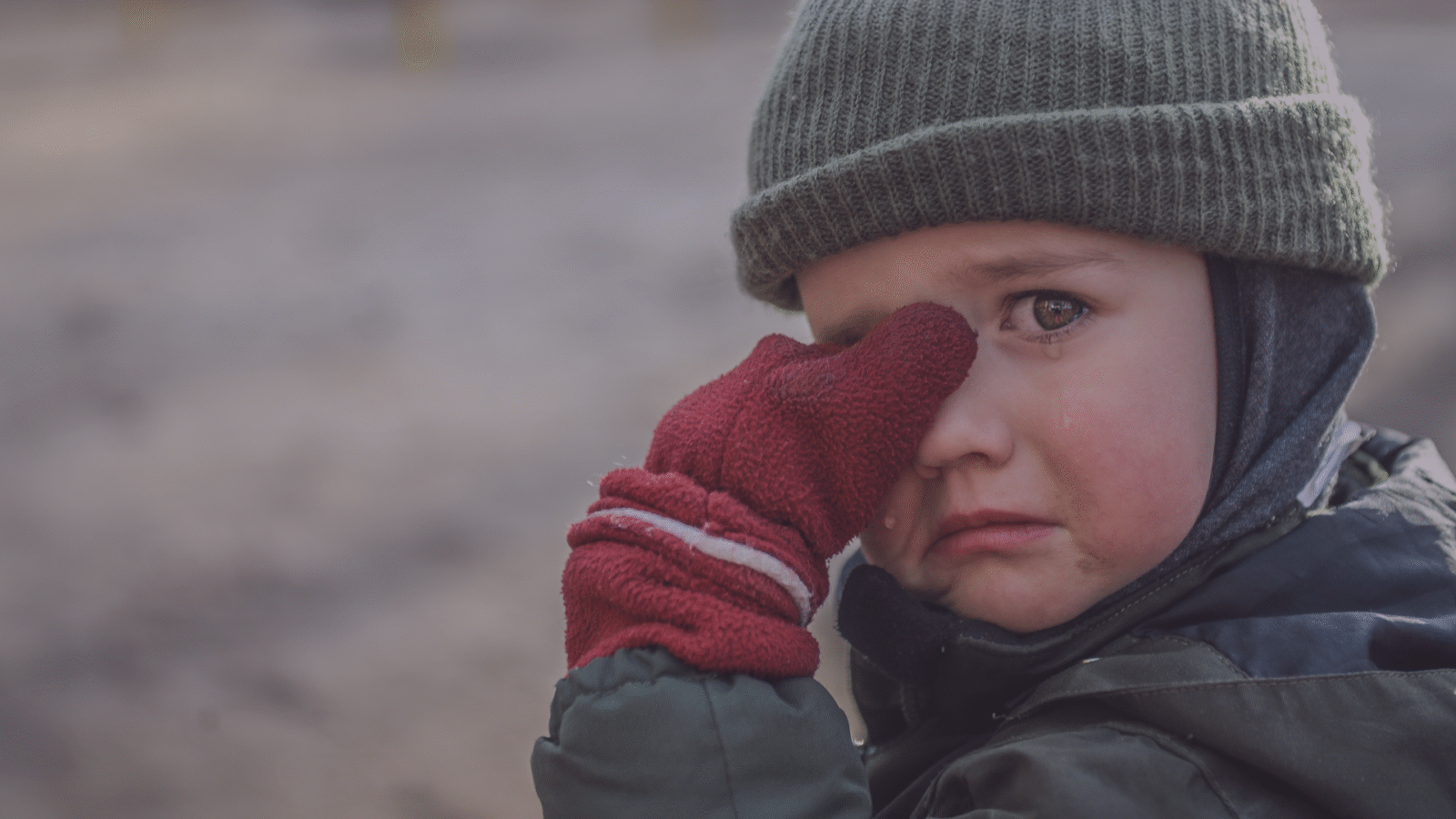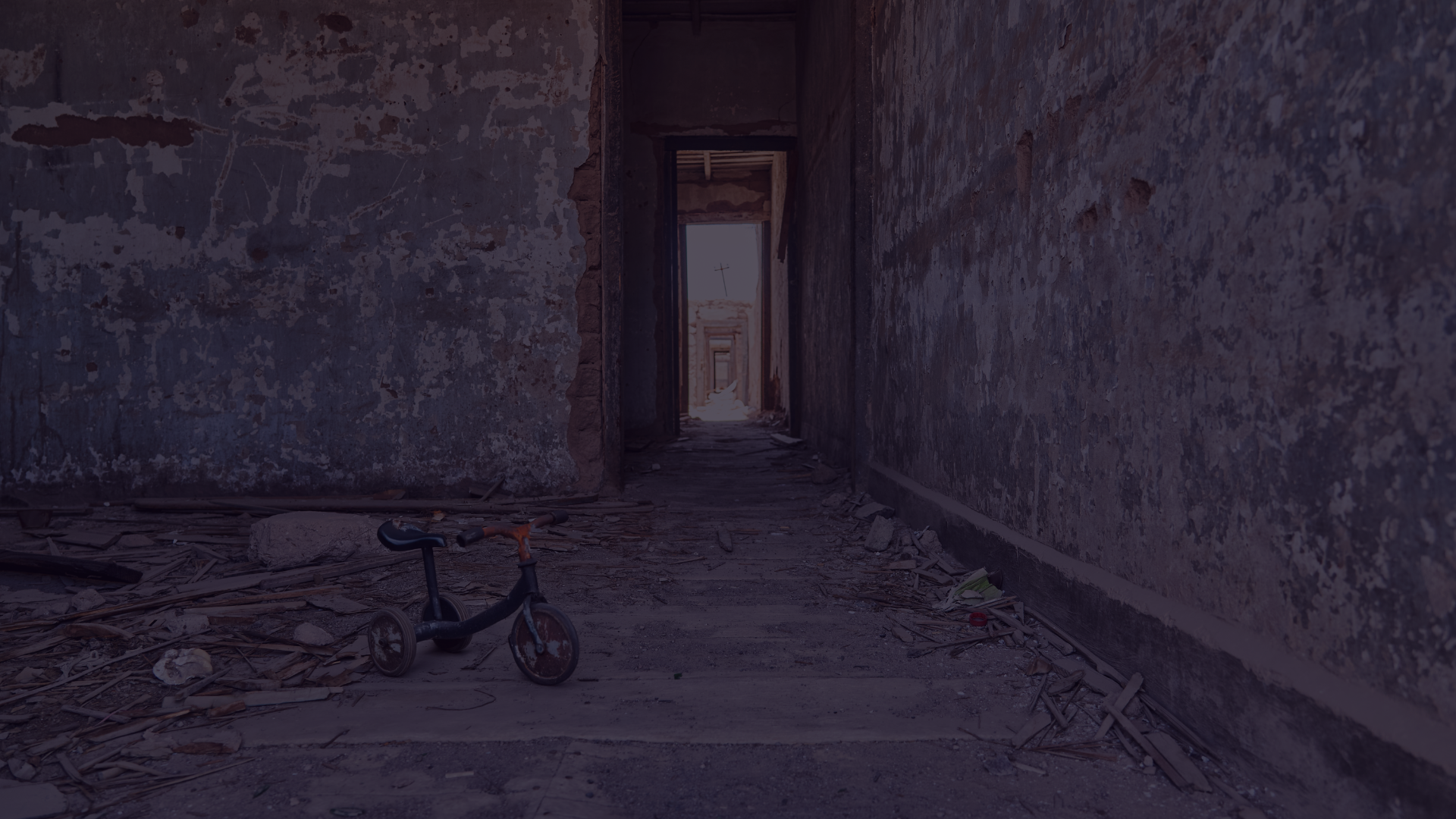
The future of an entire generation is at risk
The recent invasion, compounded by previous conflict, is putting over 1.5 million Ukrainian children and adolescents at risk of developing mental health disorders. Studies have found increased levels of anxiety and depression, even in areas unaffected by the war.

- Almost half of children in Ukraine show signs of PTSD
- 5.1 million children have been displaced from their homes
- 3000 – 5000 hours spent underground by children in frontline cities
- 1 in 3 children has witnessed someone being killed or injured
Impact on Children
DEVELOPMENTAL IMPACT
Childhood trauma disrupts neural pathways, leading to cognitive, emotional, and social challenges.
MANIFESTED SYMPTOMS
Affected children often exhibit anxiety, depression, hypervigilance, and other distress signs.
TRAUMATIC RECOLLECTION
Children might relive traumatic events through nightmares and flashbacks, with certain triggers amplifying these memories.
AVOIDANCE PATTERNS
Traumatized children may shun trauma reminders, including certain locations, individuals, or related discussions.
HYPERALERT STATE
Trauma can cause heightened alertness, sleep disturbances, and concentration issues, impacting daily functioning.
LONG-TERM CONSEQUENCES
Untreated trauma risks future mental health disorders and can affect parental capacity, potentially influencing the next generation’s well-being.
In my opinion, present needs for children in Ukraine can be divided into 4 parts:
1) healthcare needs – specialized medical care for children who suffered as a result of shelling, rocket attacks, mine-explosive trauma (orthopedic care and prosthetics, neurosurgical care, treatment of massive burns and their consequences, plastic and reconstructive surgery with special rehabilitation);
2) psychological support of post-traumatic stress disorder (PTSD) with qualified psychologists (necessary special program of psychological rehabilitation);
3) preventing the spread of controlled diseases, in particular measles (an increase in the incidence of measles among children is observed in 2023 due to an insufficient percentage of vaccinated persons in the population – high risk of measles outbreak);
4) specific educational needs associated with war and safety (courses for children and adolescents about mine safety, rules of conduct during a missile attack and artillery shelling, use of a first aid kits (by the way, they are not available for children at all)).
Andrii Loboda, Director of the Academic and Research, Medical Institute of Sumy state University, MD, PhD
